Music of Honduras, in the heart of Central America, Honduras resonates with a musical tapestry as diverse and vibrant as its cultural landscape. From the rhythmic beats of Garifuna drumming on the Caribbean coast to the soul-stirring melodies of indigenous Lenca instruments in the highlands, the music of Honduras reflects a rich amalgamation of indigenous, African, and Spanish influences. Join us on a captivating journey as we explore the rhythms, instruments, and genres that define the soulful and diverse musical heritage of Honduras.
Indigenous Rhythms:
The indigenous peoples of Honduras, such as the Lenca and Miskito, have preserved their musical traditions for centuries. Instruments like the marimba, a xylophone-like percussion instrument, echo through the mountainous terrain, while traditional songs tell stories of ancient rituals, nature, and the struggles of the indigenous communities. These musical expressions serve as a cultural bridge connecting the past with the present, preserving a sense of identity and pride.
Garifuna Grooves:
On the Caribbean coast, the Garifuna people have infused the music scene with their lively and rhythmic beats. Punta, a genre characterized by its fast-paced drumming and dancing, is at the heart of Garifuna music. The sound of the traditional Garifuna drum, made from hollowed tree trunks and animal skins, provides a pulsating backdrop to songs that narrate the community’s history and daily life. Through the beats of punta, the Garifuna people express their resilience, heritage, and celebration of life.
Marimba Magic:
The marimba, a wooden-key percussion instrument with resonators beneath, is a national symbol of Honduran music. Played in various forms across Central America, the marimba is an integral part of Honduran cultural celebrations. Its warm and resonant tones add a melodic layer to festivities, whether in the form of traditional folk music or during religious and social events. The marimba’s versatility has allowed it to seamlessly blend with different genres, making it a cherished component of the country’s musical identity.
Folkloric Traditions:
Honduran folk music captures the essence of the country’s rural life and agricultural heritage. The use of traditional instruments, including guitars, maracas, and drums, accompanies lyrics that depict the daily struggles and triumphs of the Honduran people. Folkloric dances, often accompanied by lively tunes, provide a visual representation of the narratives conveyed through the music, creating a holistic cultural experience.
Cumbia and Latin Fusion:
In urban centers and on the airwaves, cumbia has found a home in the hearts of Hondurans. This genre, with its roots in Colombia, has been embraced and adapted, creating a distinct Honduran flavor. Modern interpretations of cumbia blend indigenous rhythms, Spanish influences, and Afro-Caribbean beats, resulting in a dynamic and infectious sound that pervades celebrations and social gatherings.
Religious Melodies:
Religion plays a significant role in Honduran culture, and this is reflected in its music. Hymns and religious songs, often accompanied by traditional instruments, are integral to religious ceremonies and festivals. The melodic chants and harmonies create a spiritual atmosphere, offering a glimpse into the deep-rooted connection between faith and music in Honduras.
Contemporary Sounds:
As Honduras embraces the modern era, contemporary music genres such as pop, rock, and reggaeton have gained popularity among the younger generation. Homegrown artists infuse these global influences with local flavors, creating a unique sound that resonates with the experiences and aspirations of Honduran youth. The fusion of traditional elements with contemporary styles showcases the dynamism of the country’s music scene.
Musical Festivals and Celebrations:
Honduras comes alive with music during its numerous festivals and celebrations. The International Marimba Festival in La Ceiba attracts musicians and enthusiasts from around the world, celebrating the cultural significance of the marimba. The Feria Juniana in San Pedro Sula is a lively event featuring diverse music genres, dance performances, and cultural exhibitions, offering a comprehensive experience of Honduras’ musical heritage.
Challenges and Preservation Efforts:
While Honduras’ musical traditions are a source of pride, they face challenges in the modern era. Globalization and changing cultural dynamics pose a threat to the preservation of traditional music. Efforts by cultural organizations, musicians, and educators are underway to document, promote, and pass on these musical traditions to future generations, ensuring that the rich heritage of Honduran music endures.
Conclusion:
In conclusion, the music of Honduras is a symphony of diverse influences, reflecting the country’s complex history and cultural heritage. From the indigenous beats that echo through the mountains to the rhythmic drumming on the Caribbean shores, each note tells a story of resilience, celebration, and cultural pride. As Honduras continues to evolve, its music remains a powerful expression of identity, connecting past and present in a harmonious celebration of the nation’s rich cultural tapestry.
Famous Artists:
Honduras has produced a number of celebrated musicians and artists who have made significant contributions to the country’s musical landscape. Some of the most famous Honduran musicians and artists include:
- Andy Palacio: Although born in Belize, Andy Palacio made significant contributions to Garifuna music, promoting the genre and its cultural heritage on the global stage.
- Guillermo Anderson: Guillermo Anderson was a Honduran singer-songwriter known for his dedication to preserving Honduran cultural traditions through music.
- Karla Lara: Karla Lara is a Honduran singer and activist who uses her music to address social and political issues, advocating for human rights and social justice.
- Aurelio Martínez: Aurelio Martínez is a Garifuna musician and artist who has been a strong advocate for preserving and promoting Garifuna culture and music.


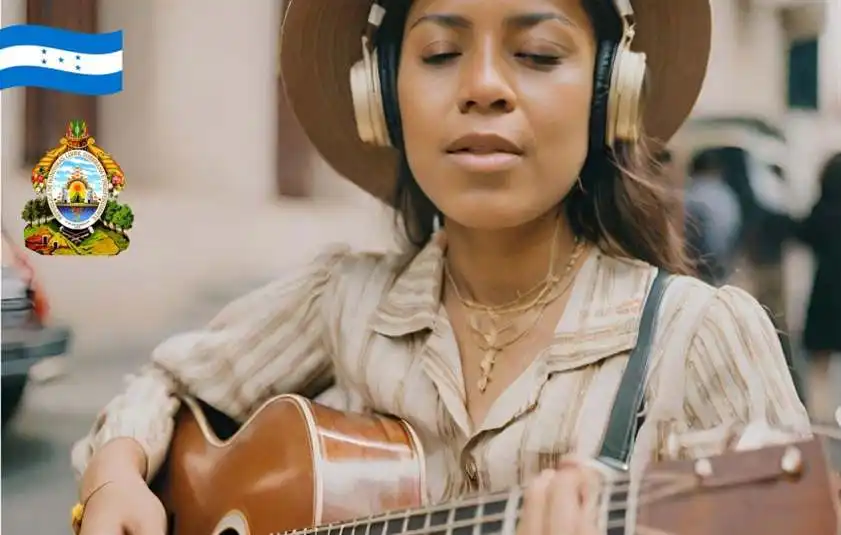
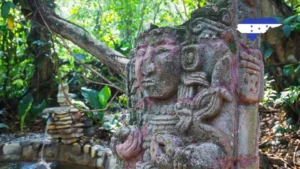
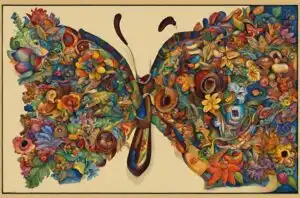
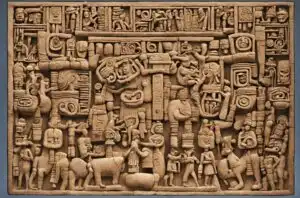


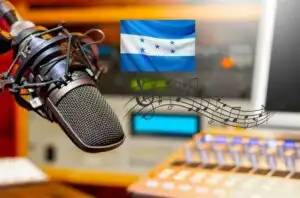
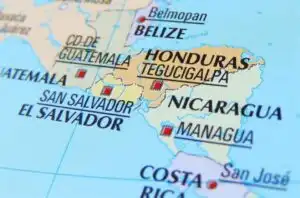
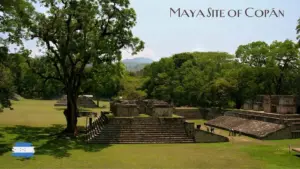
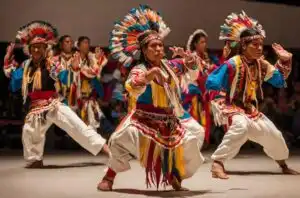
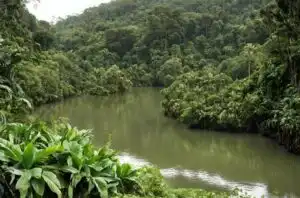
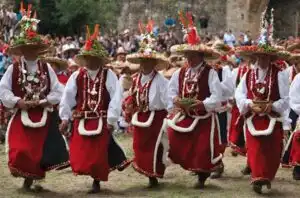
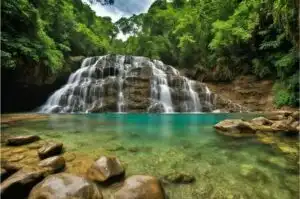
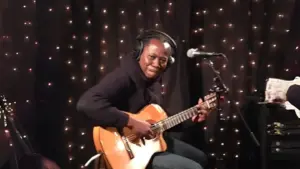
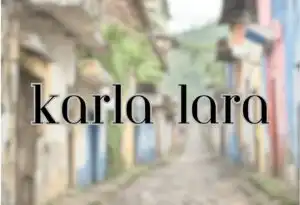
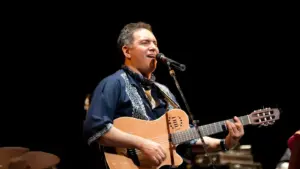
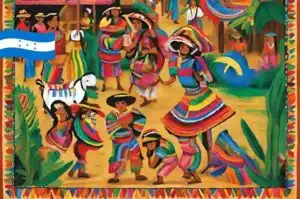
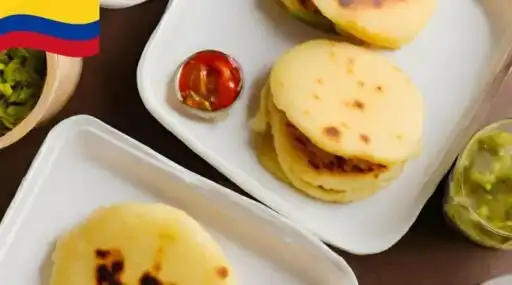
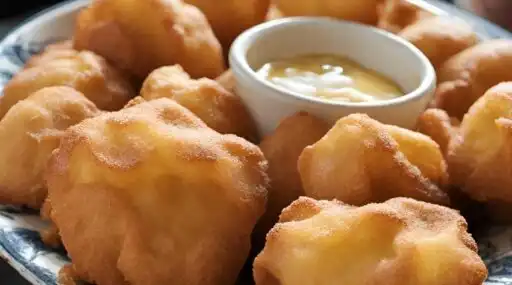
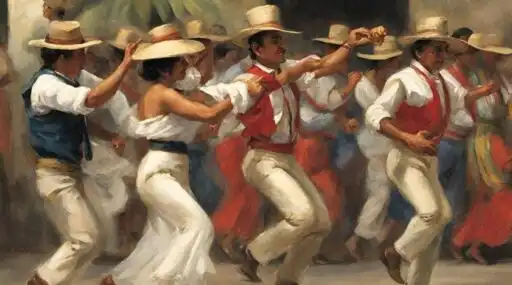
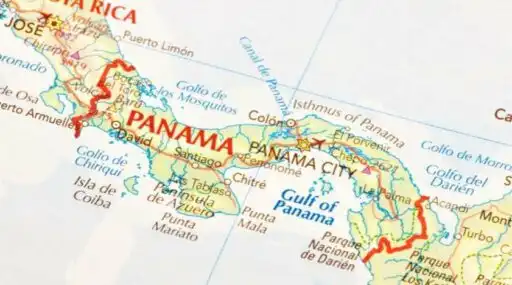
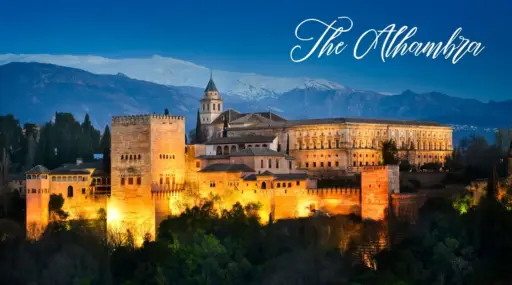
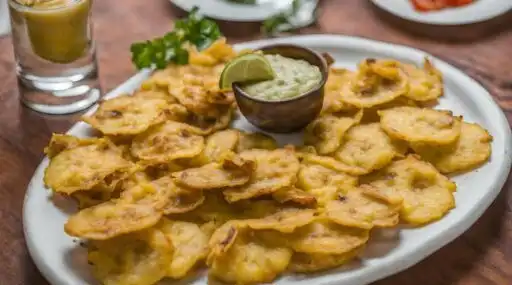
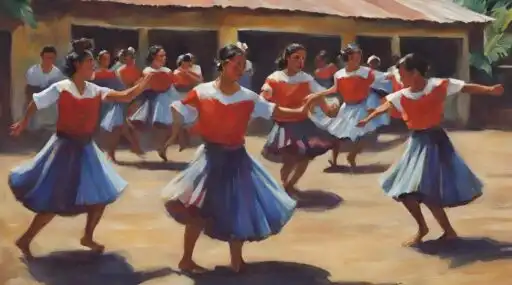

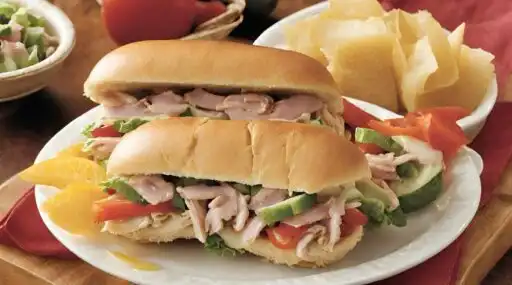
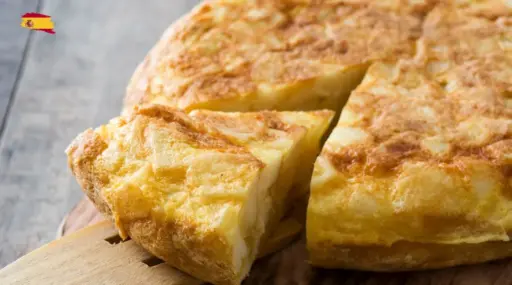
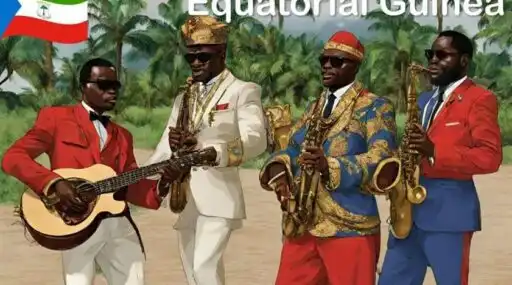


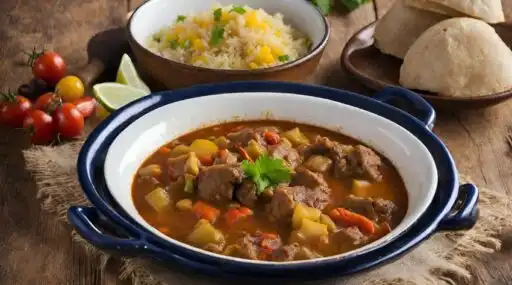
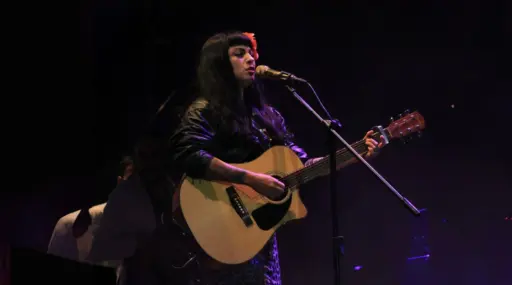
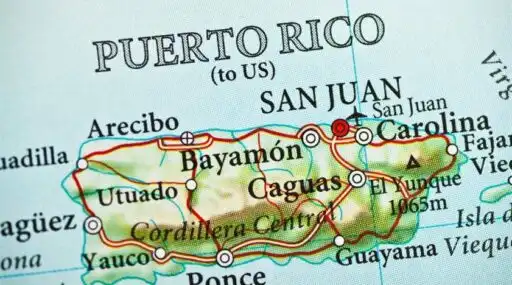
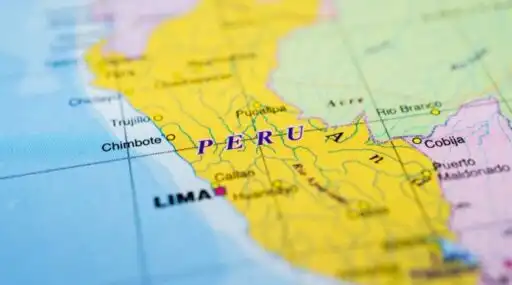
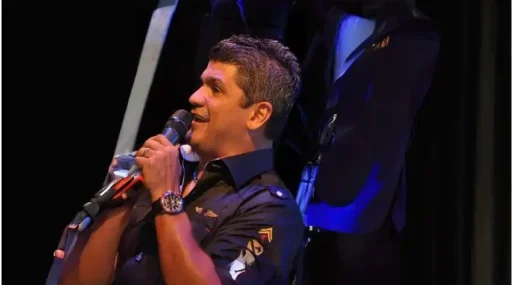
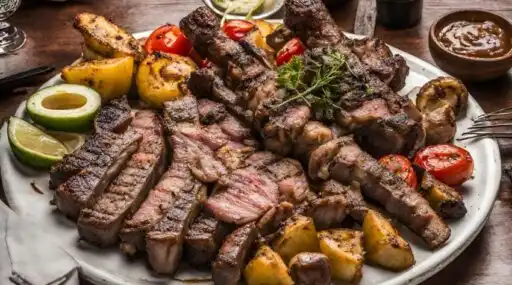
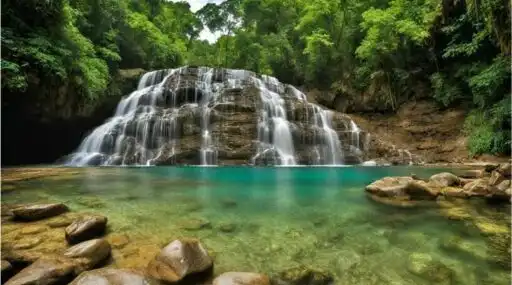
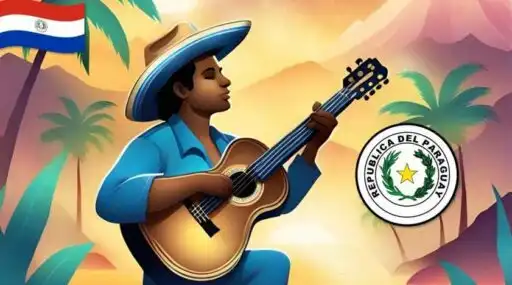
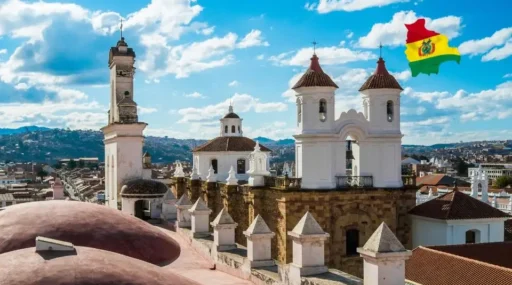
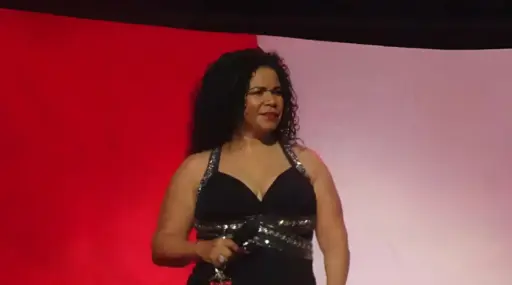
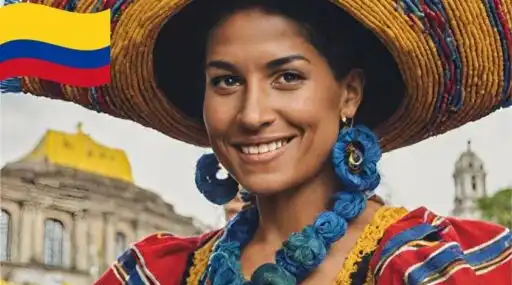
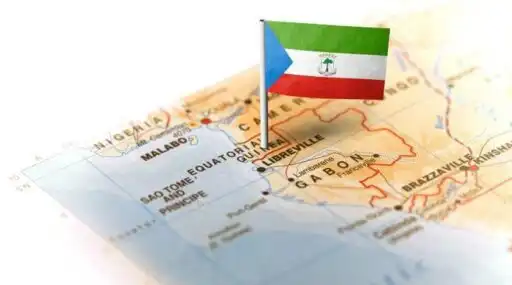
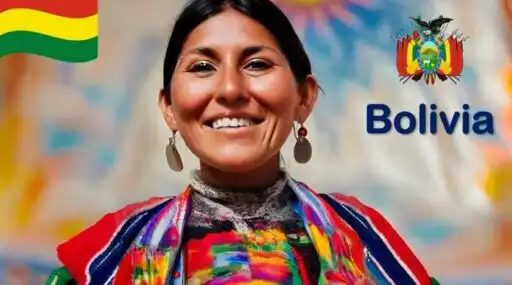

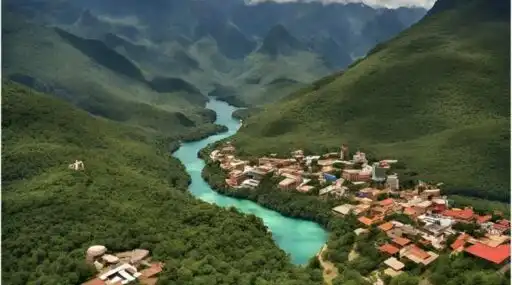
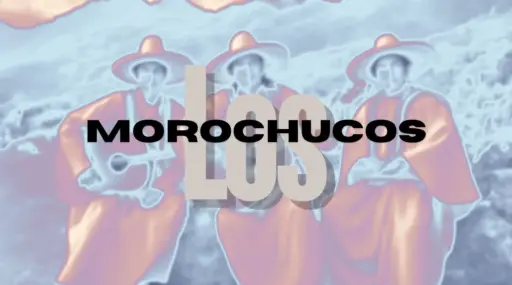
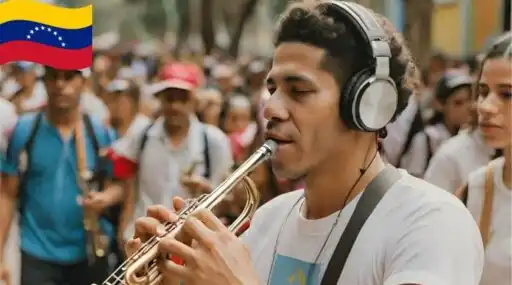
Leave a Reply